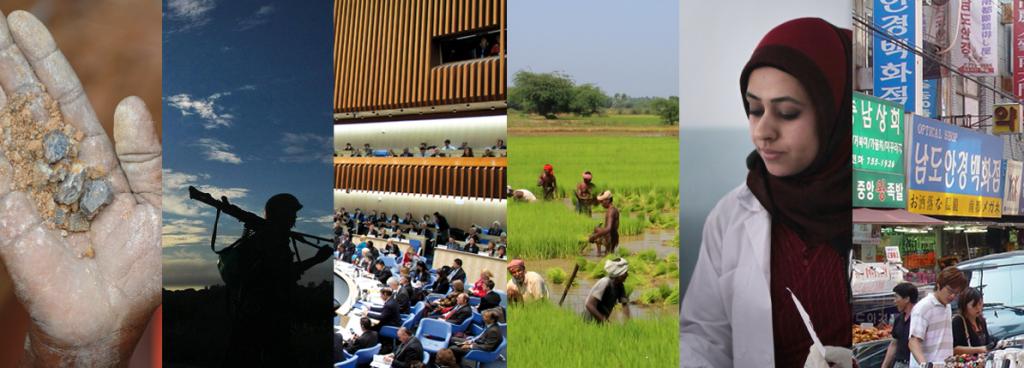Abstract
For two decades, Spaniards have turned to forensic science as a mode of unearthing diverse forms of evidence that shed light on the mechanics of fascist repression that emerged during the Spanish Civil War and the dictatorship that followed it. Due to the lasting effects of Spain’s Amnesty Law, which prohibits defining Franco’s victims as victims of crime, these exhumation projects exist at the unruly boundaries of legal procedure. In the absence of courts equipped to manage the evidence exhumed and produced in these endeavors, photographs documenting the forensic process are not sequestered by the law. Instead, they are made to be seen. Drawing on what the author describes as “the subjunctive mood” of forensic practice, she analyzes the emergence of new bodies of knowledge––or what could be called the forensic archive––in order to understand how visual evidence that straddles the scientific and the political is produced, circulated and safe-guarded in contemporary Spain. The paper argues that this emergent archive shapes how Spaniards visualize an uncomfortable past while also imagining alternative political futures.
About the Speaker
Lee Douglas is a visual anthropologist, curator and filmmaker who is a Marie Skłowdowska Curie postdoctoral fellow at the Institute of Contemporary History (IHC) at the Universidade Nova de Lisboa. Combining scholarly research with visual production and curatorial initiatives, her work examines how the past is reconstructed and the future reimagined through our engagements with the remnants of political violence and social change in Spain, Portugal and Latin America. At present, she directs the project “Militant Imaginaries, Colonial Memories” which analyzes individual and collective uses of the material and visual traces left by entangled historical events: the Carnation Revolution, the end of empire and the return of Portuguese colonial settlers to the metropole. Prior to her work at the IHC, Douglas was a lecturer of anthropology and visual culture at New York University-Madrid and a researcher at the Museo Nacional Centro de Arte Reina Sofia. Her current book project, Worlds of Absence, analyzes the intersection of forensic science, modes of documentation, and image-making practices during the excavation of mass graves in Post-Franco Spain. Paying close attention to the circulation of forensic evidence, it asks what the entanglement between science and visual representation reveals about the production and mobilization of knowledge in times of economic austerity and political upheaval.




